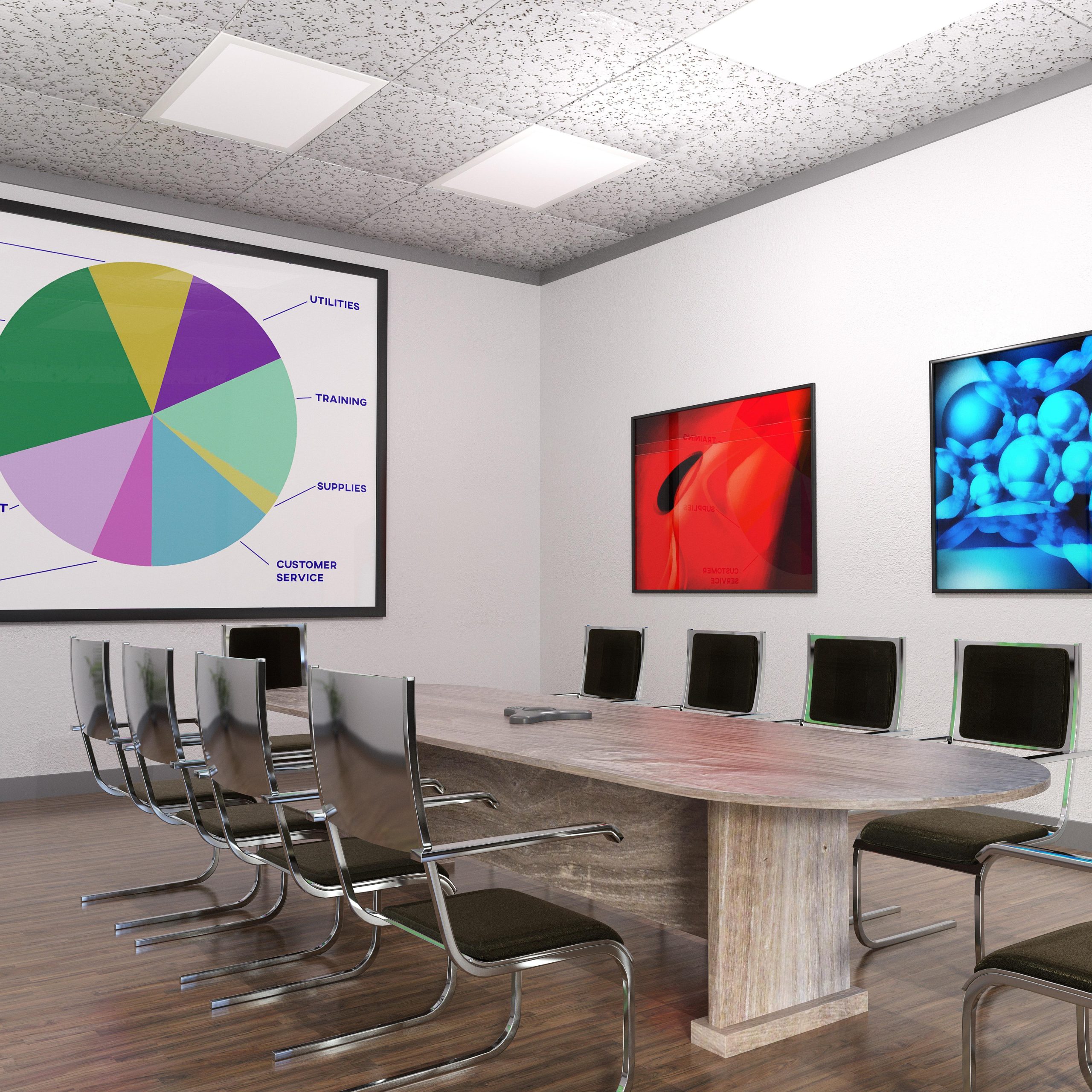Education has always been shaped by the tools available to society. From chalkboards to printed textbooks, each innovation has transformed the way people learn. But in the 21st century, nothing has had a greater impact on education than technology.
Technology has changed not only how we access information, but also where, when, and with whom learning takes place. From online courses to virtual reality, today’s learners have more opportunities than ever before.
So, what exactly is the role of technology in modern learning, and why is it so important? Let’s dive in.

From Traditional to Modern Learning
Not too long ago, learning was mostly confined to classrooms, libraries, and physical lectures. Students depended heavily on teachers, printed books, and face-to-face discussions.
Today, education looks very different:
- Lessons are streamed online.
- Assignments are submitted digitally.
- Students collaborate across countries.
- Entire degrees can be earned without stepping into a classroom.
Technology has made education more accessible, flexible, and personalized than ever before.
Key Roles of Technology in Learning
1. Breaking Barriers of Time and Place
In the past, learning often required being in a specific location at a specific time. Now, technology has erased those boundaries.
- Online platforms let you learn anytime, anywhere.
- Mobile learning apps make education possible on the go.
- Students from remote areas can access the same resources as those in big cities.
This has made education more inclusive and globally connected.
2. Personalizing the Learning Experience
Technology allows for personalized learning, which adapts to each student’s needs.
- Adaptive learning software adjusts difficulty based on performance.
- AI-powered tools recommend resources tailored to your progress.
- Learners can move at their own pace instead of following a fixed schedule.
This means no one gets left behind, and advanced learners aren’t held back.
3. Encouraging Interactive and Engaging Learning
Gone are the days of one-way lectures. Modern learning tools make education interactive.
- Gamification adds fun through points, badges, and challenges.
- Quizzes and simulations make complex concepts easier to understand.
- Multimedia learning (videos, podcasts, animations) keeps learners engaged.
Interactive experiences help students retain information better than passive reading.
4. Collaboration Beyond Borders
Technology enables students to collaborate with peers worldwide.
- Group projects can be managed with tools like Google Workspace or Microsoft Teams.
- Discussion forums connect learners across cultures.
- Virtual classrooms bring together students from multiple time zones.
This global exchange of ideas makes learning richer and more diverse.
5. Expanding Access to Knowledge
Thanks to the internet, information is no longer locked in libraries or classrooms. Anyone with a device and connection can learn almost anything.
- Free resources like Khan Academy or Wikipedia democratize education.
- MOOCs (Massive Open Online Courses) offer university-level content to anyone.
- YouTube tutorials empower people to self-learn new skills.
Access to knowledge has never been so widespread.
6. Preparing Students for the Future Workforce
The modern job market demands digital skills. Technology in education ensures that learners are prepared.
- Coding, data analysis, and digital literacy are integrated into curriculums.
- Students learn to use tools like spreadsheets, presentation software, and collaboration platforms.
- Exposure to technology prepares learners for remote work and tech-driven industries.
7. Supporting Teachers and Educators
Technology doesn’t replace teachers—it supports them.
- Digital tools simplify grading and tracking progress.
- Learning management systems (LMS) help organize lessons.
- Teachers can reach more students with online lectures and recorded content.
This frees up time for educators to focus on mentorship and guidance.
Examples of Technology in Modern Learning
- Virtual Classrooms – Platforms like Zoom, Google Meet, and Microsoft Teams make live classes possible online.
- Learning Management Systems – Moodle, Canvas, and Blackboard organize courses and track progress.
- EdTech Apps – Duolingo, Quizlet, and Coursera bring learning into your pocket.
- Virtual Reality (VR) – Students can explore historical events or scientific models in 3D.
- Artificial Intelligence (AI) – Tools like ChatGPT assist with explanations, brainstorming, and tutoring.
Challenges of Technology in Learning
While technology has many benefits, it also brings challenges:
- Digital Divide
Not everyone has equal access to devices and internet connections, creating inequality. - Distractions
Social media and notifications can make it hard for students to stay focused. - Over-reliance
Depending too much on technology may weaken critical thinking if not balanced with traditional methods. - Privacy Concerns
With so much data online, protecting student information is crucial.
The Future of Technology in Learning
Looking ahead, technology will continue to shape education in exciting ways:
- AI tutors that adapt to each student’s needs.
- Immersive VR classrooms that simulate real-world experiences.
- Blockchain certifications to verify skills and credentials.
- Global learning communities where people of all ages connect.
Modern learning will be more personalized, flexible, and lifelong.




